“It’s not a drug. It’s not a placebo. It’s a doorway.”
In a world where language shapes perception, few words are as misunderstood—or as misused as the word “drug.”
LSD? Drug. Psilocybin? Drug. Alcohol? Also a drug. Sleeping pills, antidepressants, nicotine? All drugs. Even coffee makes the list.
But let’s be honest: when most people hear “drug,” they don’t think healing - they think harm. Addiction. Loss of control. A dangerous dependency that must be tightly regulated, criminalized, or used only in emergencies.
And that’s where the confusion begins. Because while many substances dull the senses and trap the body in cycles of craving, psychedelics - when used with intention and integration - do the opposite:
They expand. They reveal. They interrupt destructive patterns.
More and more clinical studies now confirm what indigenous traditions have known for centuries: psychedelics like psilocybin, LSD, and DMT, when administered in controlled, supervised environments, can help alleviate depression, PTSD, addiction, and existential anxiety - often in cases where traditional medication has failed. Prestigious institutions like Johns Hopkins, Imperial College London, and the University Hospital in Basel are leading the way, showing that these substances, in the right context, are not escapism - but medicine.
We are entering a new era of brain health. Microdosing has become a cultural buzzword - and with it, a new kind of misunderstanding.
It’s time we update the narrative. Not all drugs are the same. Not all healing comes in capsules. And not all altered states lead to addiction.
Microdosing: Misunderstood by Design
Microdosing typically refers to taking very small, sub-perceptual amounts of psychedelic substances like LSD or psilocybin. The goal? To boost creativity, mood, or focus without triggering hallucinations.
But here’s the catch: we’ve turned “microdosing” into the cool cousin of “taking drugs.” Something trendy, edgy, but still firmly rooted in the old pharmacological paradigm.
In reality, most people exploring microdosing aren’t looking to trip. They’re looking to heal. They’re looking for resilience. They’re looking for presence.
And they often want that without side effects, without dependencies, and without the legal grey zones that make even the idea of psychedelics inaccessible.
Even more, they want tools that work with their nervous systems not against them.
Introducing: Drug-Free Microdosing (aka Neurodosing)
At neuroVIZR, we believe the future of microdosing isn’t pharmaceutical. It’s neurological.
Drug-free microdosing, or what we call neurodosing, uses non-invasive, light- and sound-based stimulation to gently shift your brain’s state. It’s not about escaping reality it’s about syncing more deeply with it.
Unlike traditional microdosing that works via chemicals, neurodosing taps into the same brain mechanisms:
-
Neuroplasticity (your brain’s ability to rewire itself)
-
Default mode network regulation (reducing inner chatter and anxiety)
-
Brainwave entrainment (accessing calm, focused, or creative states)
And it does so through rhythmic light and sound no pills, no prescriptions, no substances required.
Imagine This:
-
The clarity of a microdose — without the comedown.
-
The focus and flow — without the fog or risks.
-
The sense of being fully present — without needing to numb or alter your reality.
We’re not mimicking a trip. We’re activating your natural ability to shift, regulate, and reset.
But Does It Actually Work?
Yes and neuroscience backs it.
Pulsed light and sound stimulation aren’t new. They’ve been studied for decades and used in both clinical and wellness settings. But now, with new technology and better understanding of brain rhythms, they're entering mainstream consciousness.
Here’s what the science shows:
-
Pulsed light stimulation can entrain the brain to alpha or theta states promoting deep calm, emotional balance, and mental clarity.
-
Audio-guided stimulation (especially binaural beats and rhythmic tones) supports mood regulation and enhances focus.
-
Combined visual and audio protocols boost neuroplasticity by engaging multiple sensory systems at once helping rewire thought and emotional patterns.
And what users report is even more powerful:
-
Increased emotional regulation during stress or anxiety
-
Enhanced creativity, flow, and mental clarity
-
Better sleep quality and recovery
-
A felt sense of inner calm and connection
-
A feeling of being at home in their body again
All of this… without a single capsule or chemical intervention.
So Why Isn't This Mainstream Yet?
Because it doesn’t fit the old model.
There’s no patent. No pill. No recurring prescription.
That doesn’t mean it isn’t effective it means it’s empowering.
Most wellness and medical systems are built around dependency: you need to keep coming back, keep taking the thing, keep seeking help from outside you.
Drug-free microdosing changes that. It invites you to become an active participant in your mental wellbeing. It gives you tools, not treatments. Awareness, not avoidance.
Neurodosing Isn’t a Trend It’s a Transformation
The more we learn about the nervous system, the clearer it becomes: consciousness can shift gently, naturally, and safely without pharmacology.
You don’t need to be “on something” to feel better. You just need to be tuned in.
Drug-free microdosing isn’t an alternative. It’s an upgrade. A way to move from numbness to clarity, disconnection to coherence, burnout to presence.
And the best part? The more you use it, the more your system remembers how to do it on its own.
The Invitation: Redefining Microdosing for a New Era
Let’s stop romanticising substance-based microdosing as the only path. Let’s build tools that work with our neurobiology, not around it. Let’s normalise non-drug ways to shift, reset, and regulate.
Because the real trip isn’t about escaping this world. It’s about learning how to be fully in it present, awake, and alive.
You don’t need a substance to access yourself.
You need safety, rhythm, and tools that speak your brain’s language.
Disclaimer: neuroVIZR is a wellness device created to promote relaxation, focus, and overall brain wellness. It is not a medical device, does not provide diagnoses, and is not intended to treat, cure, or prevent any medical condition. The device is not suitable for individuals with epilepsy. Experiences and results may vary from person to person.

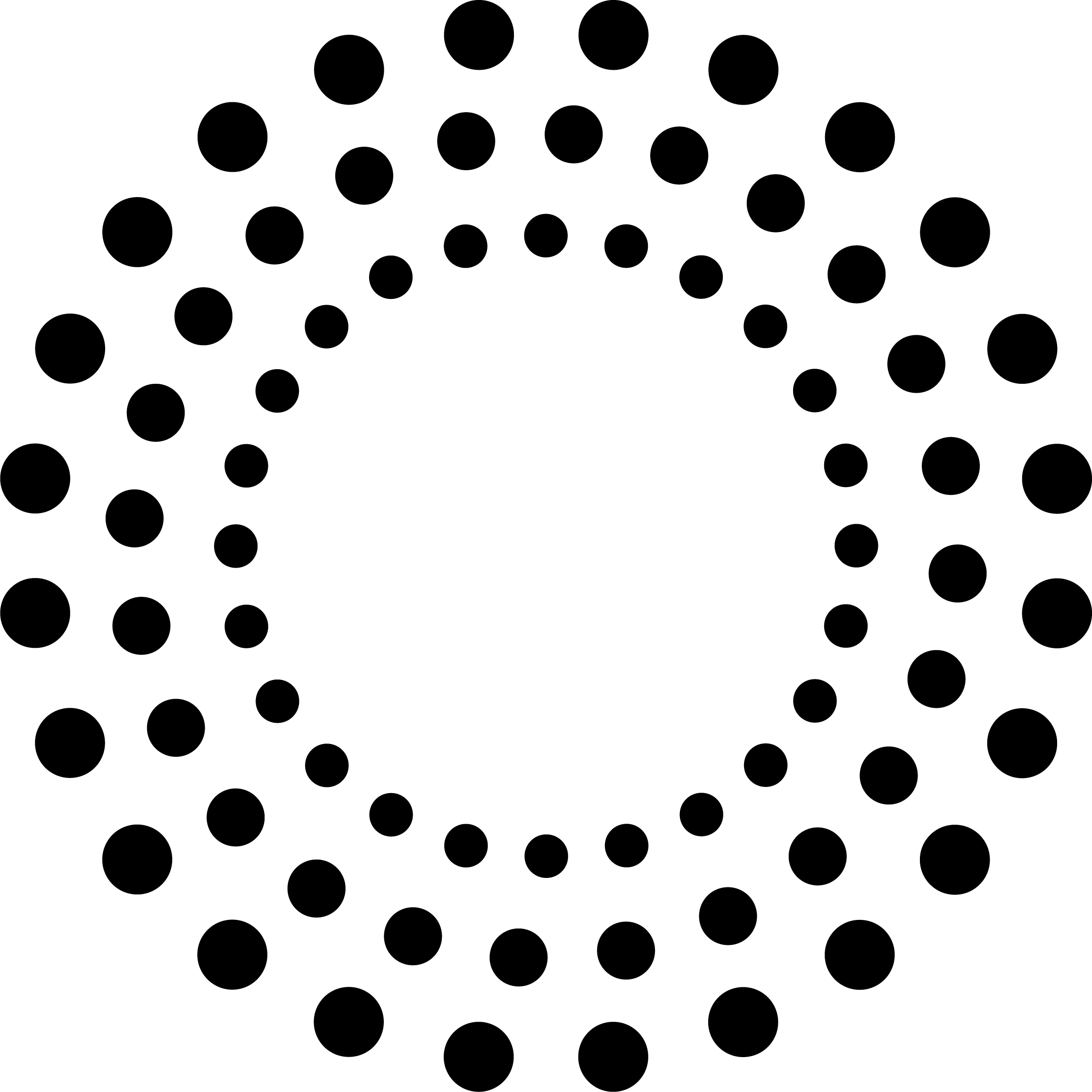

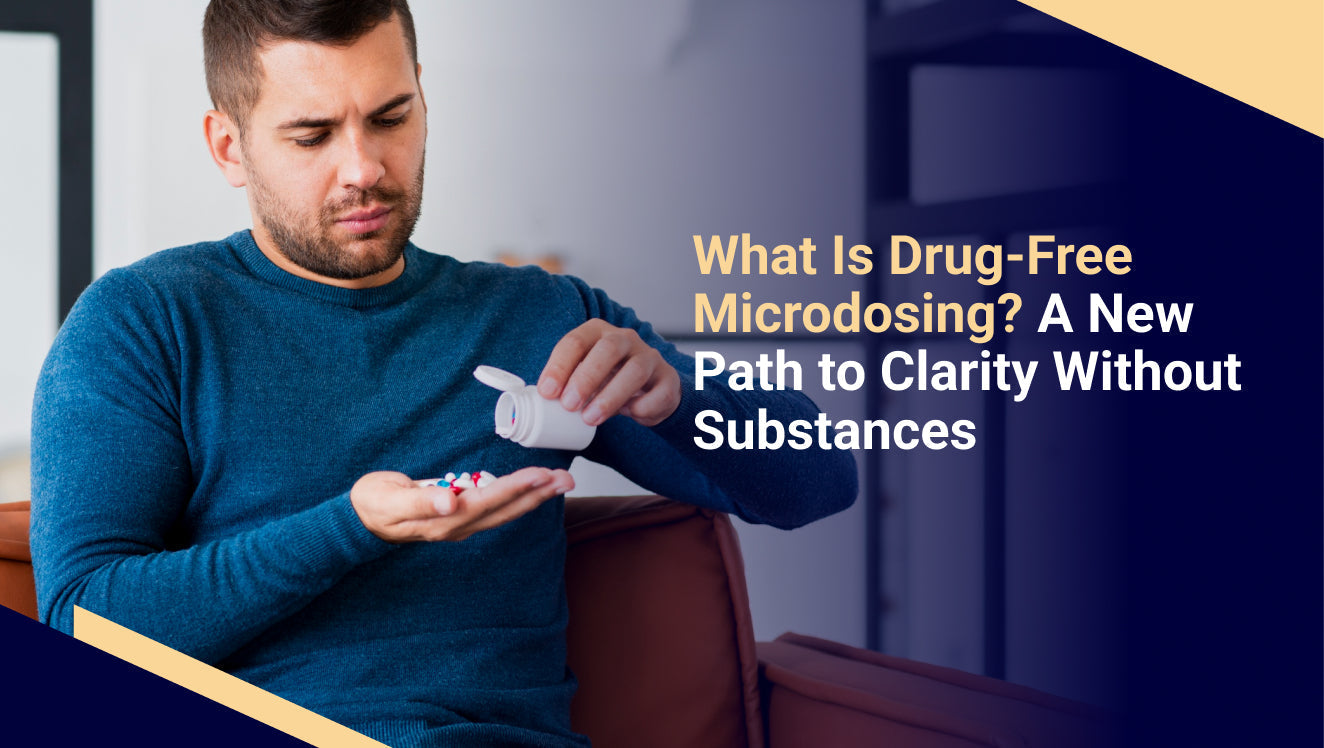

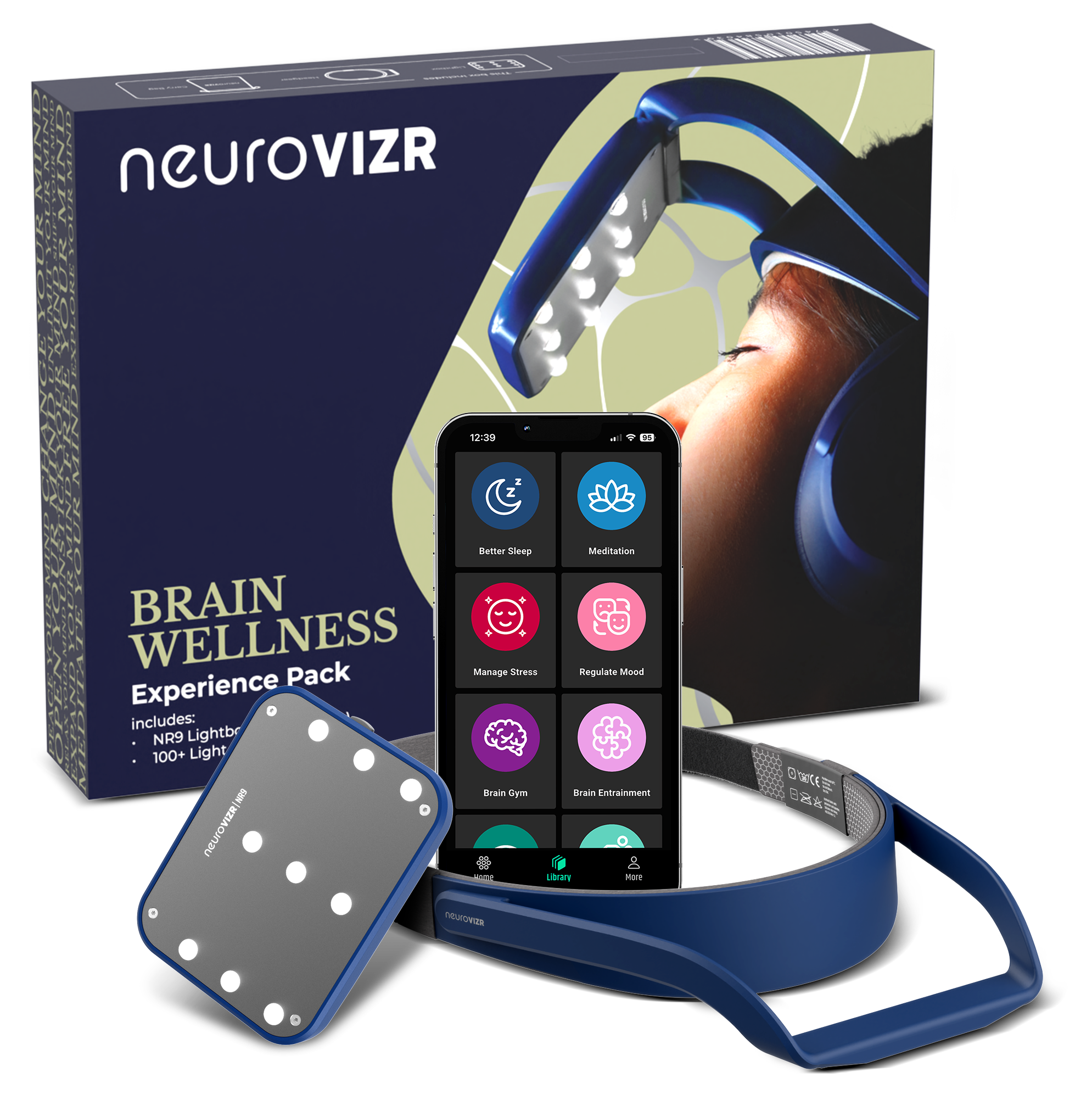

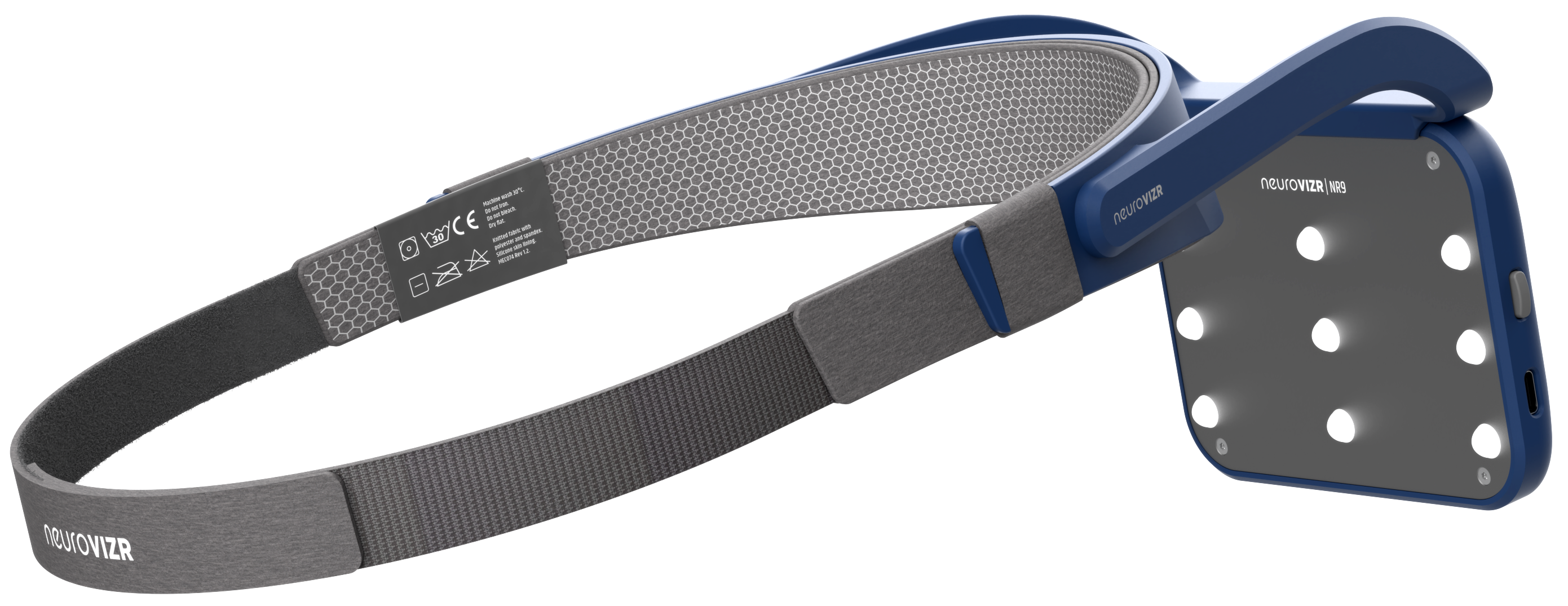
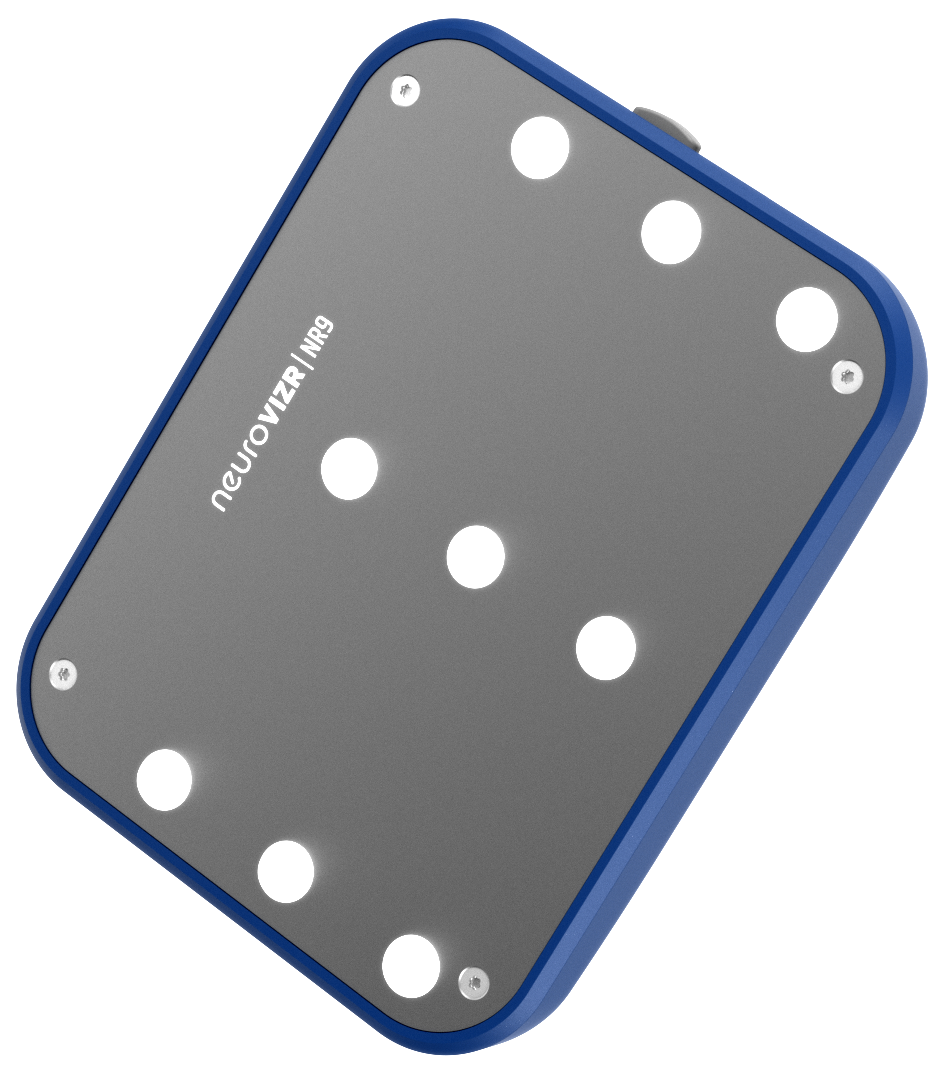

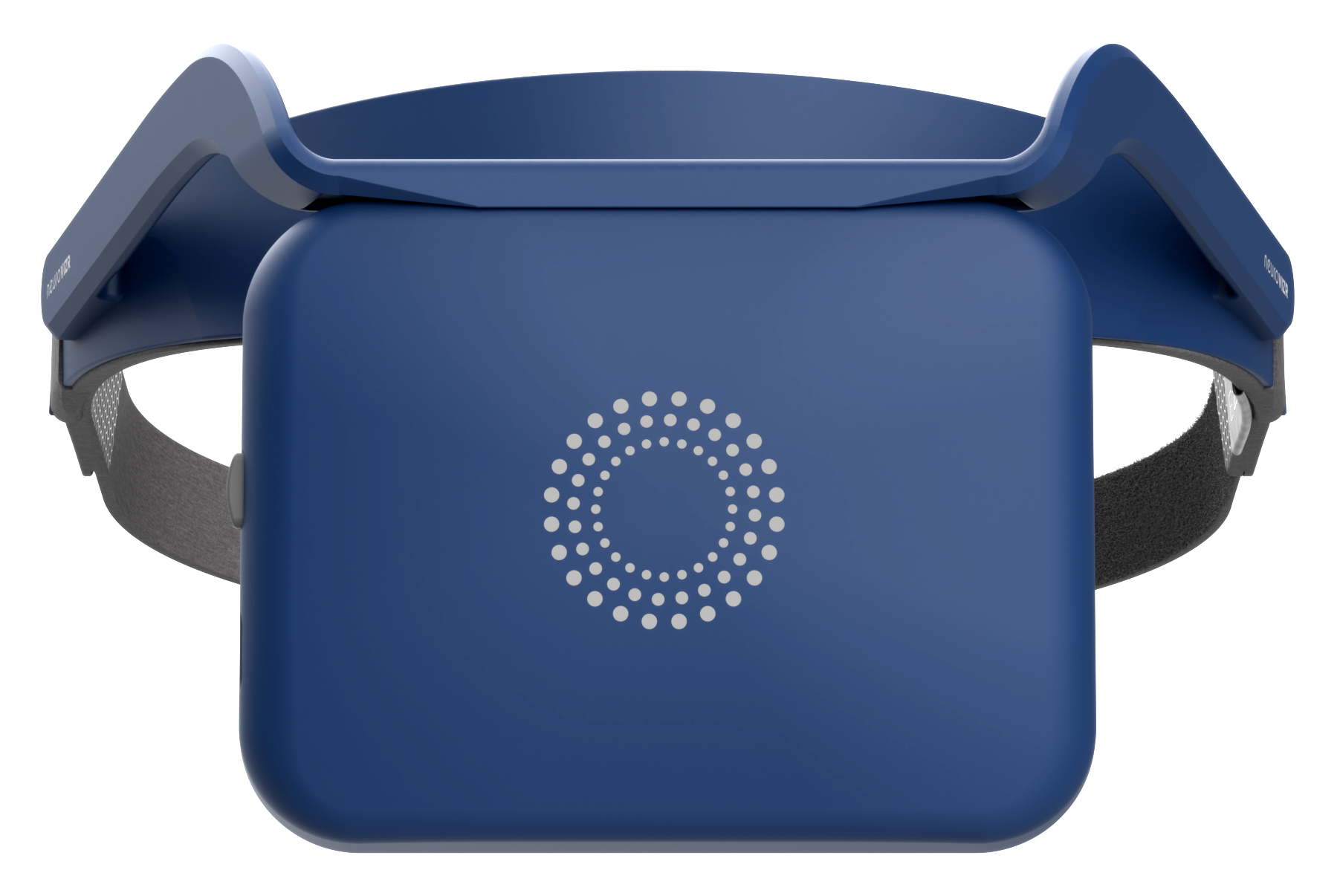

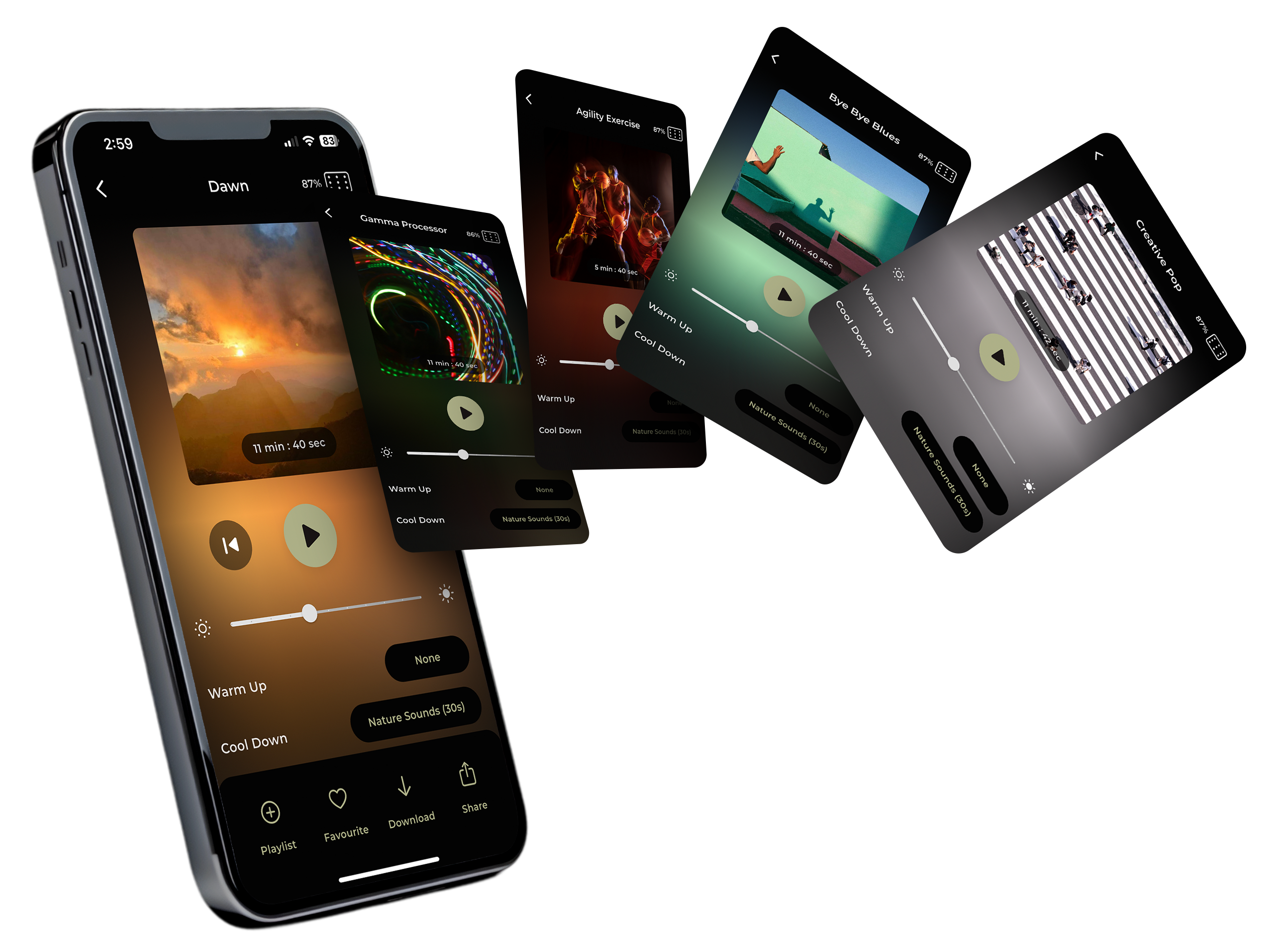
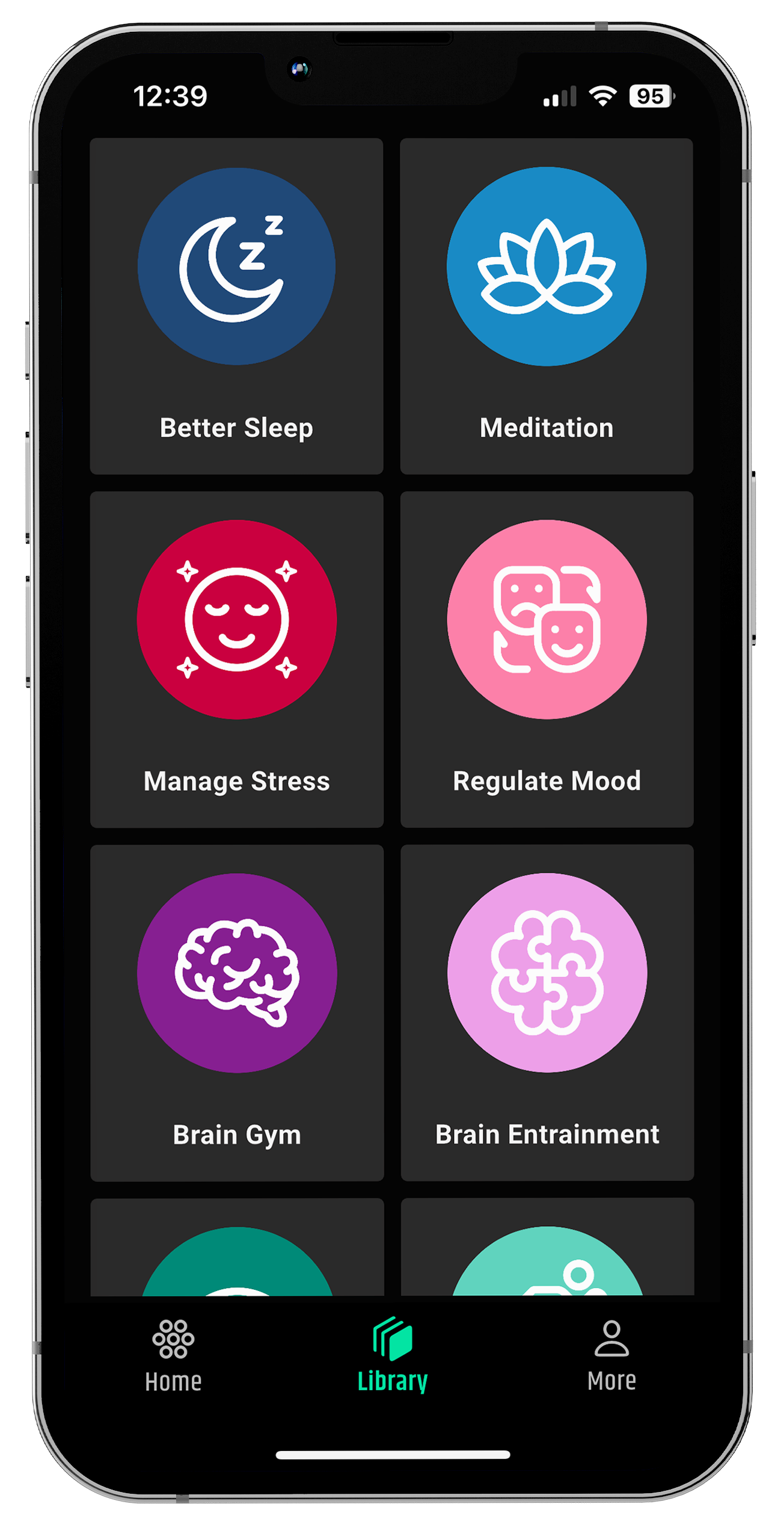
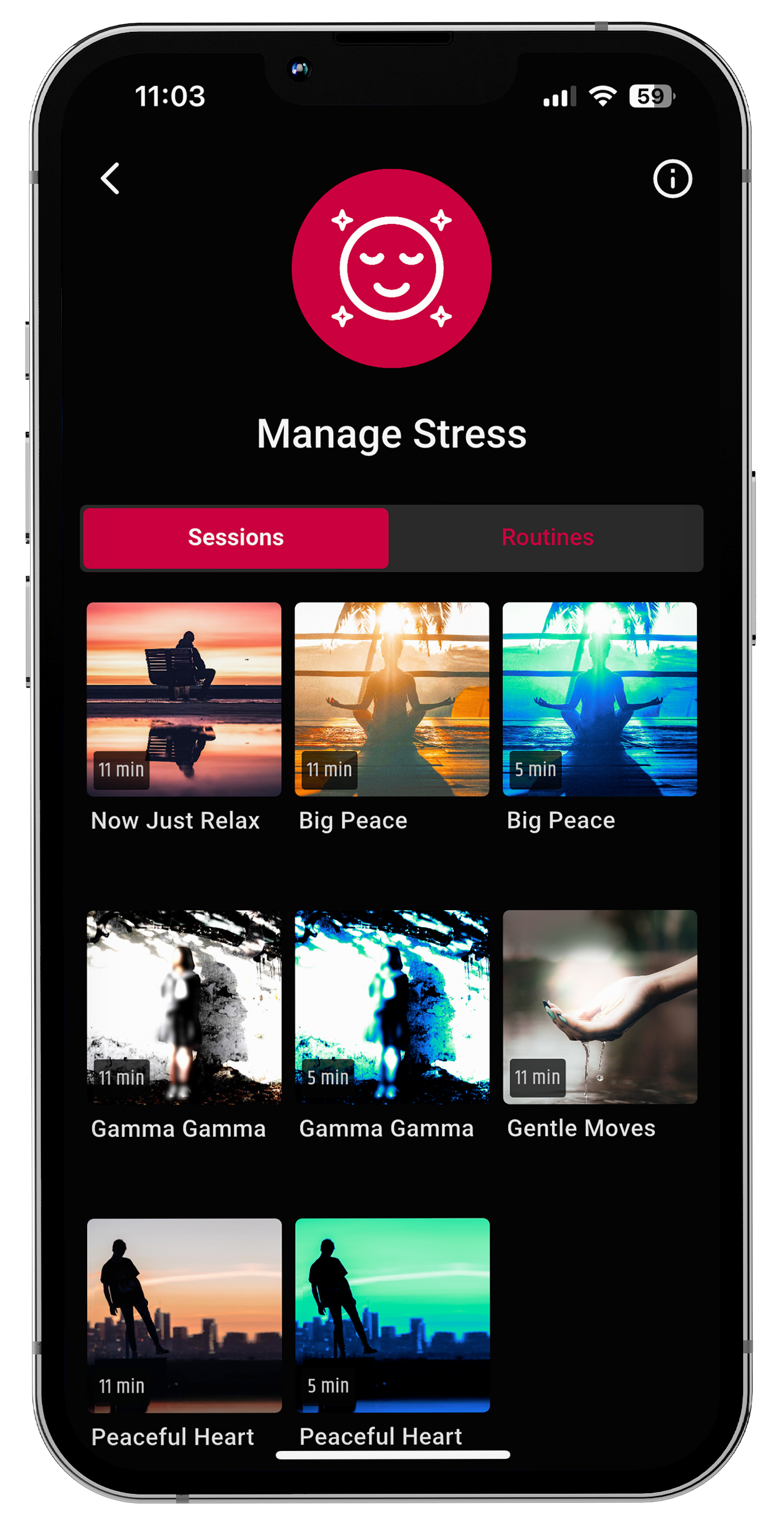
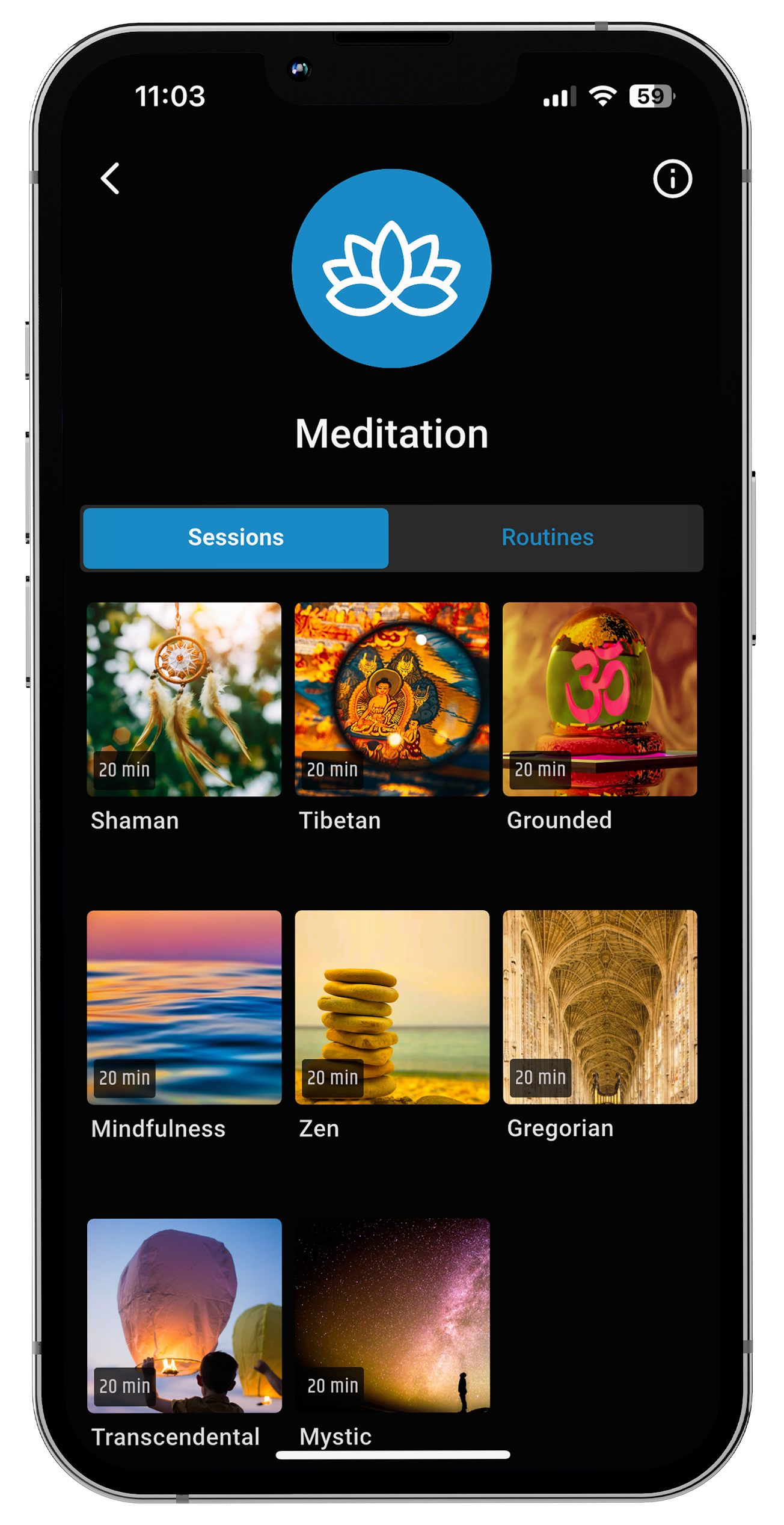
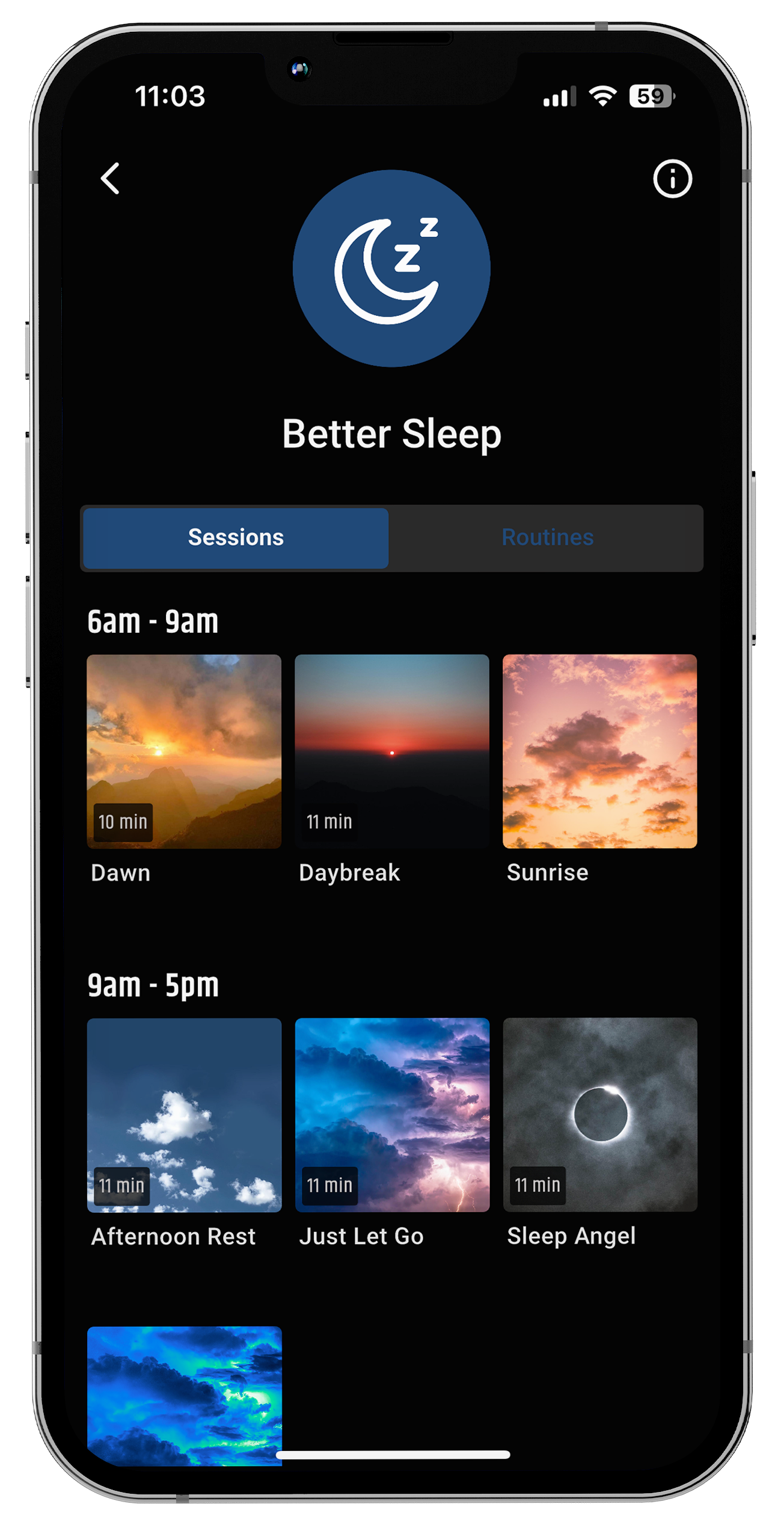
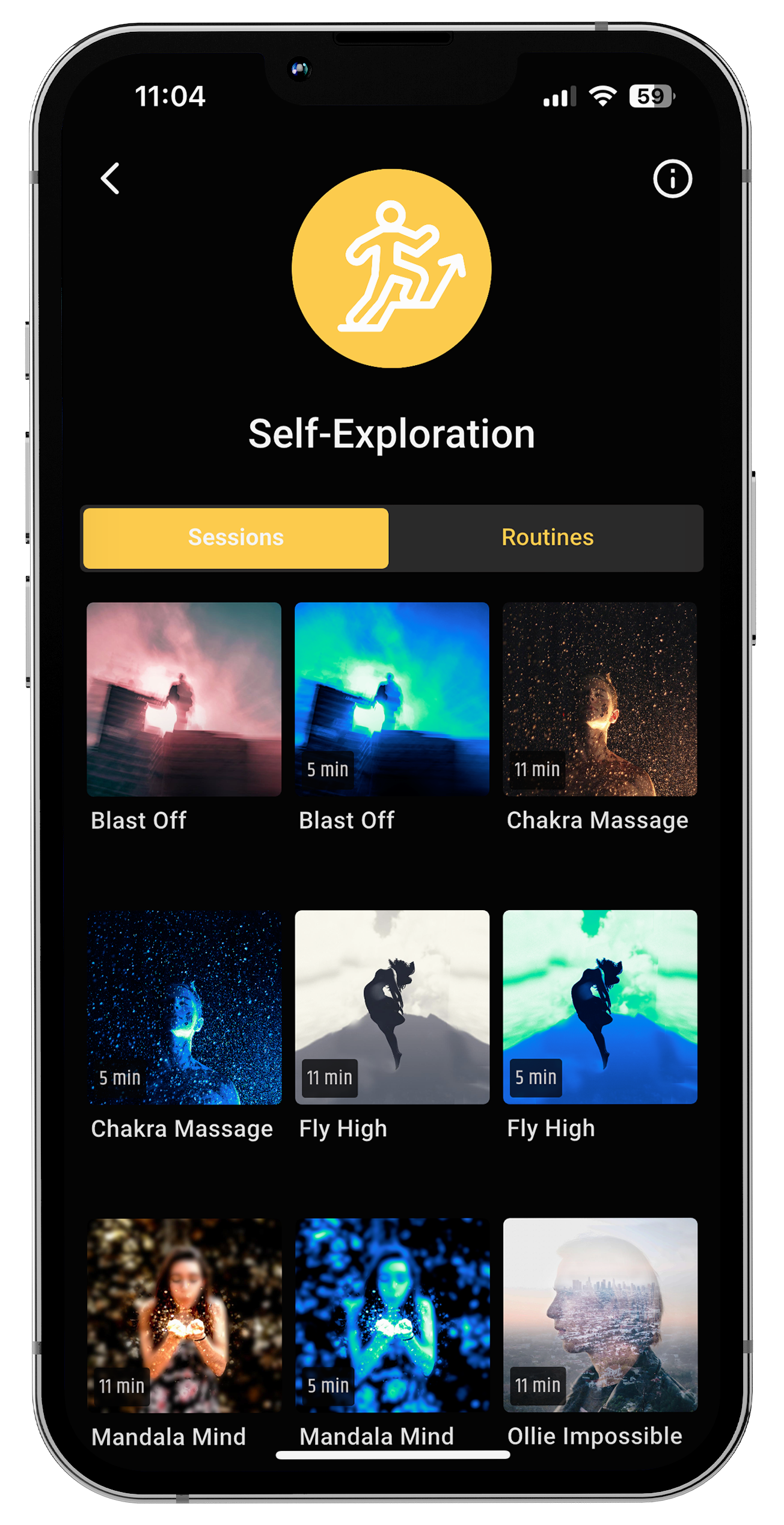
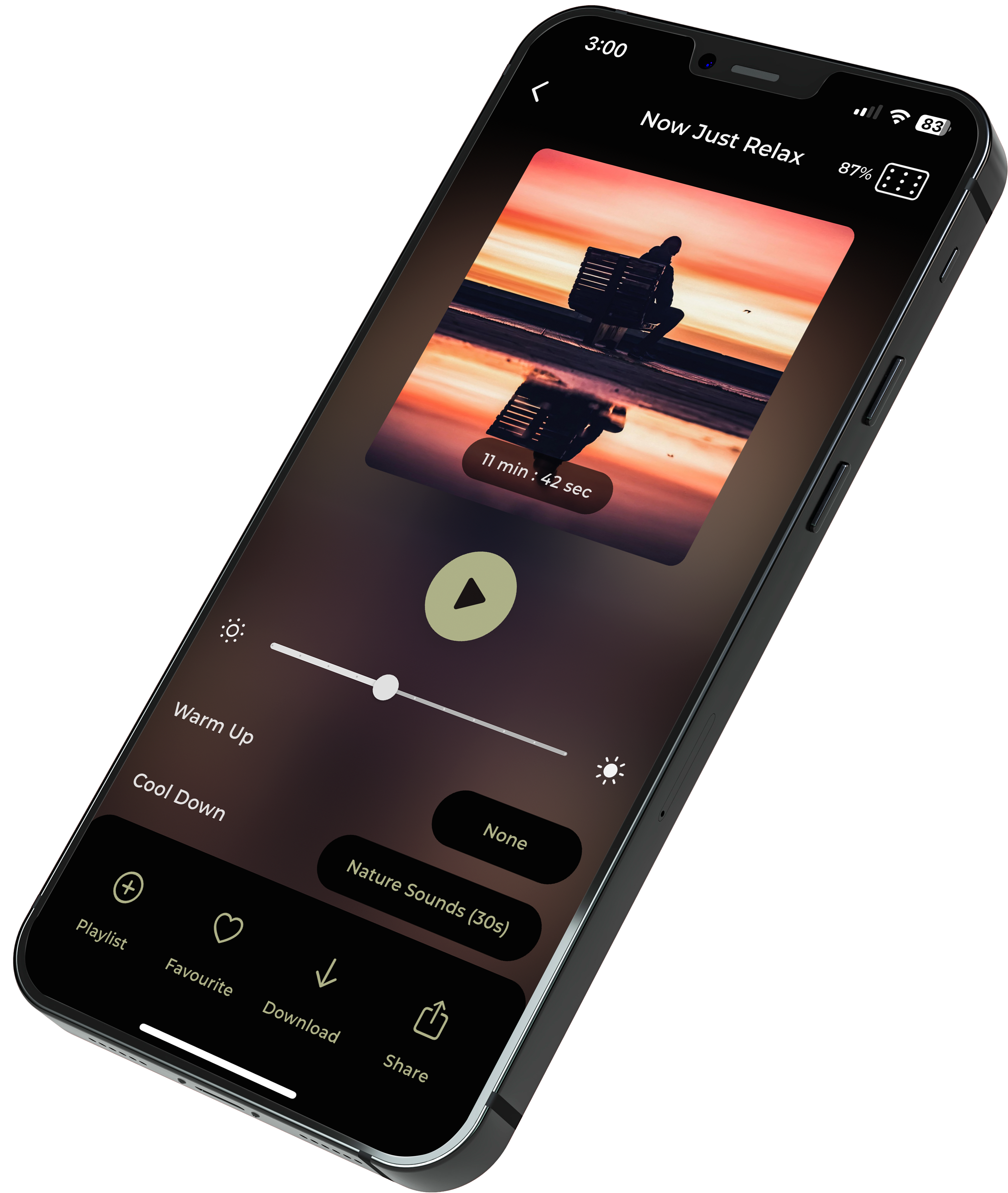


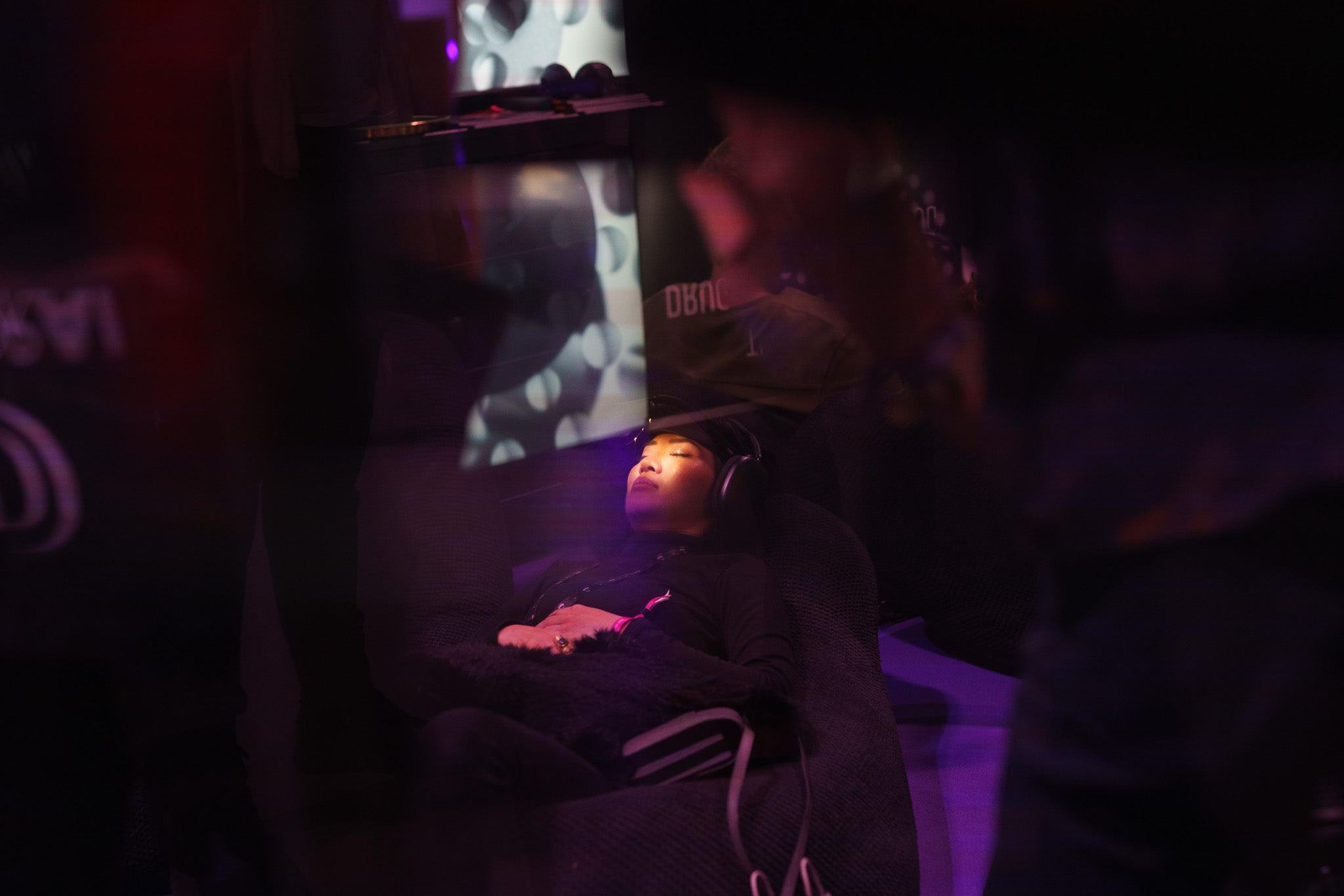

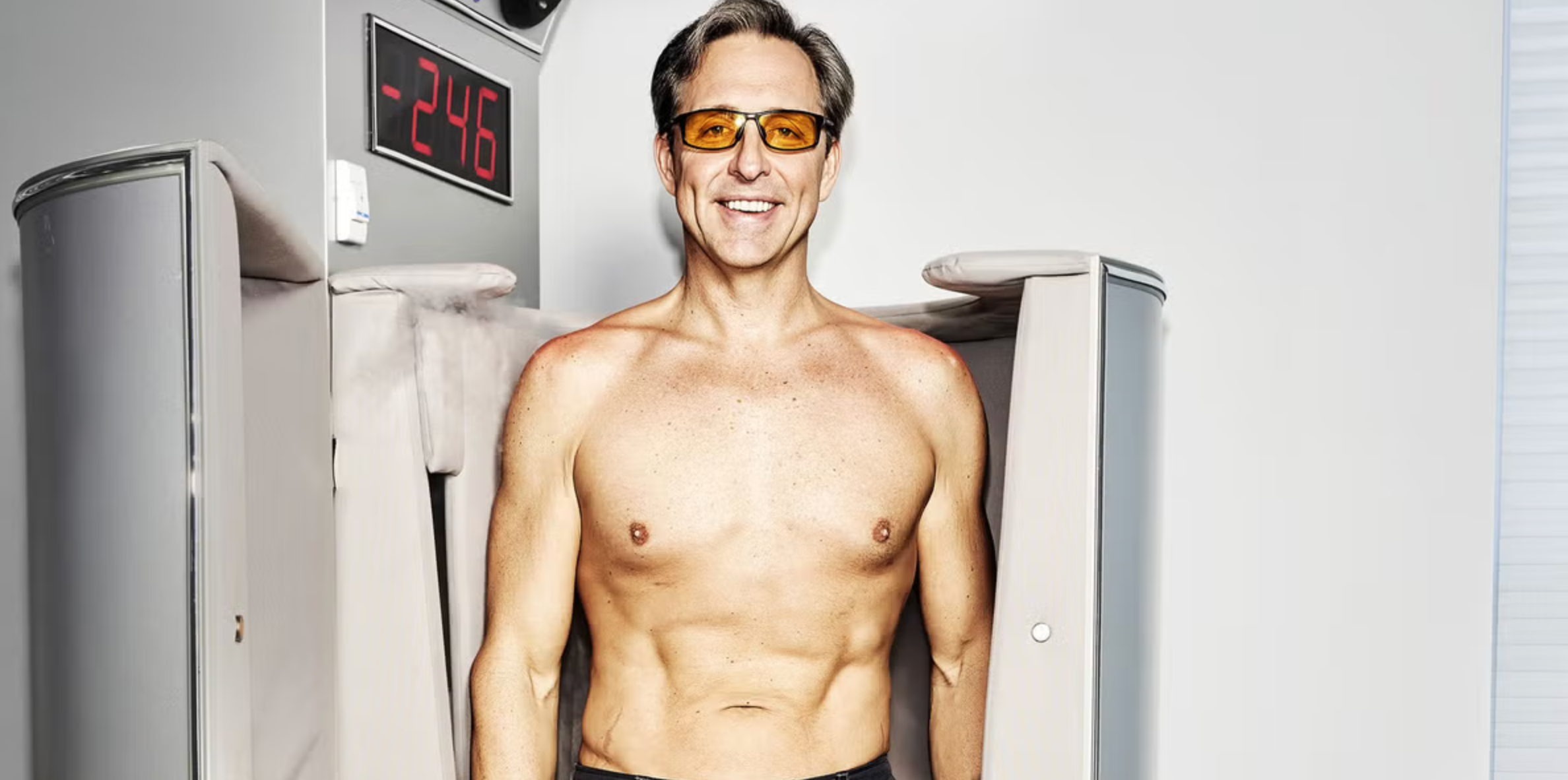
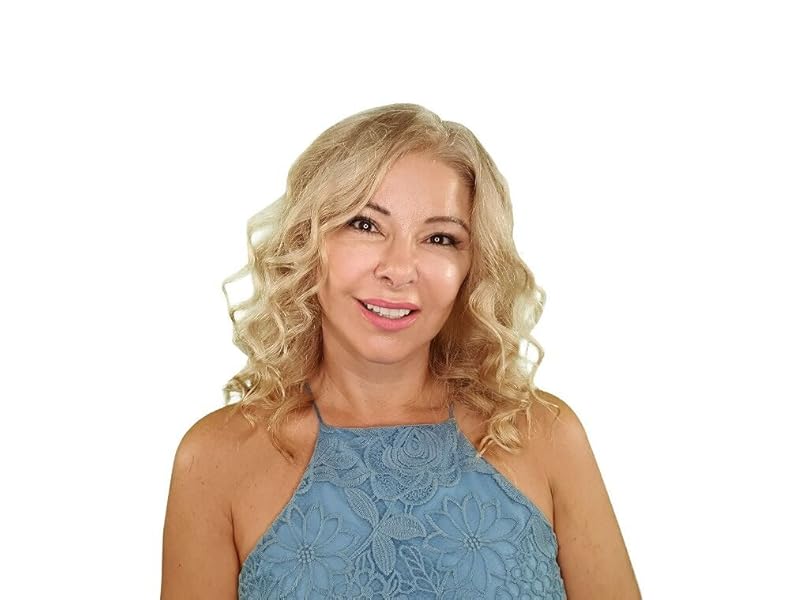
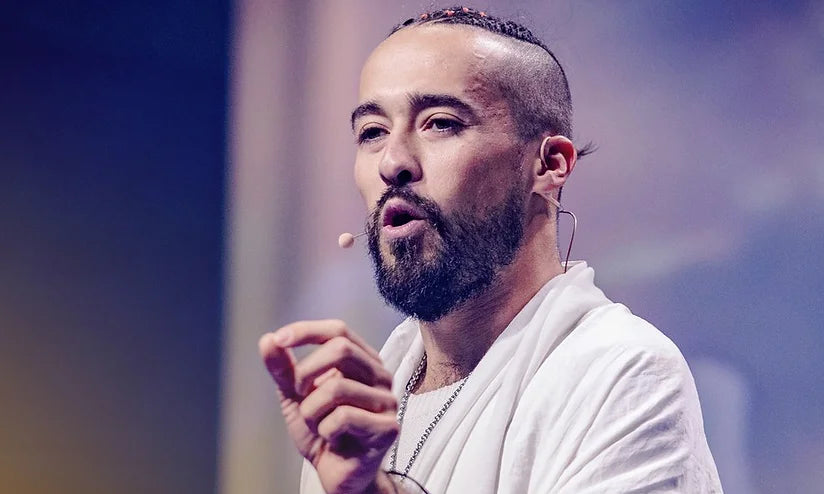
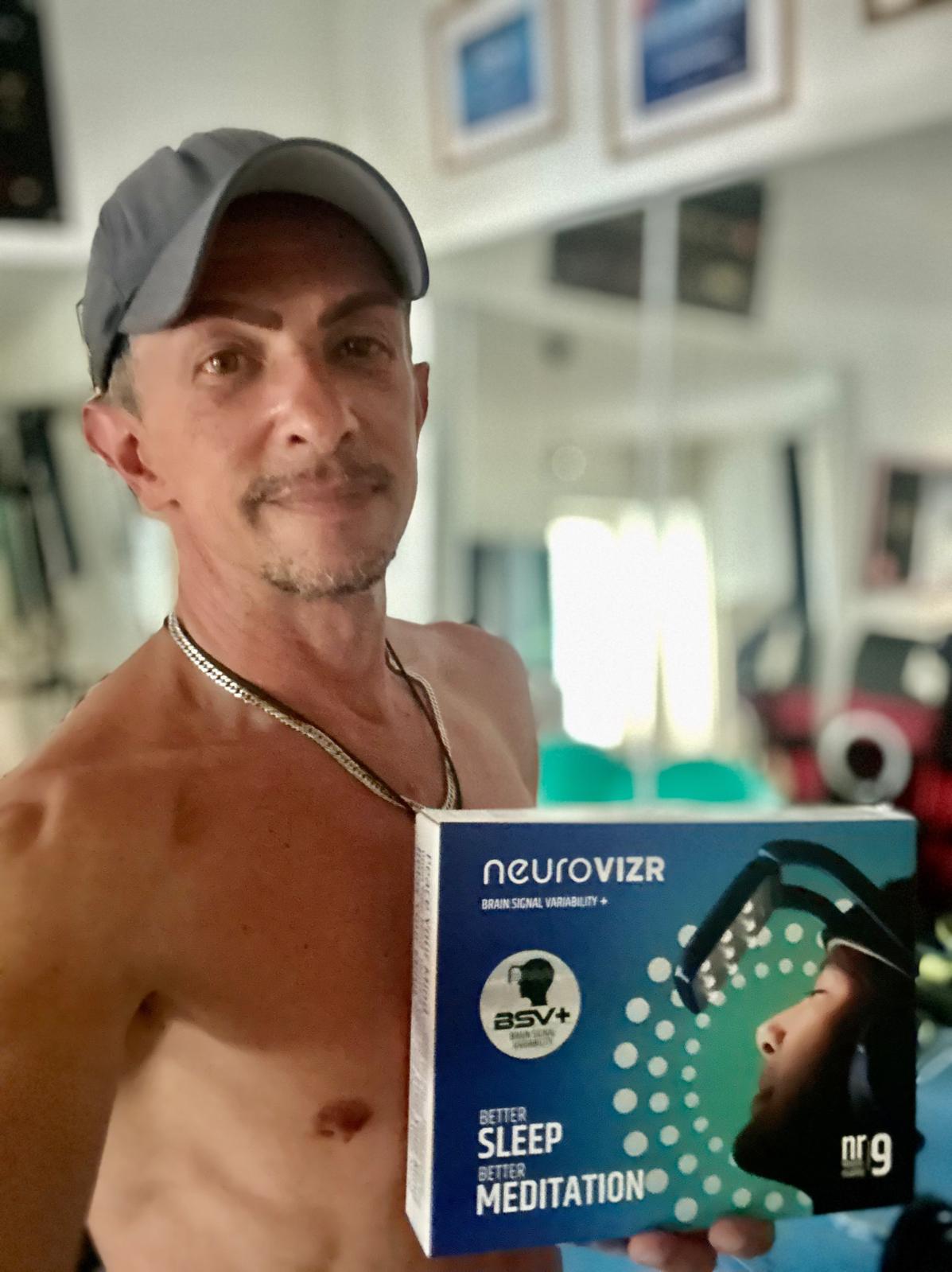
Share:
Beyond the Pill: How Light and Sound Can Rewire Your Brain Like Microdosing